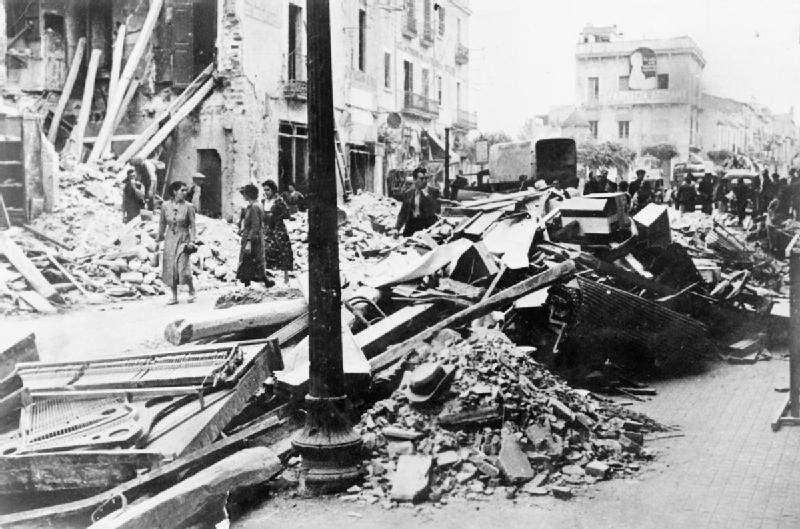The Spanish Civil War, one of the most brutal conflicts of the 20th century, officially ended on March 28, 1939, when Francisco Franco’s Nationalist forces captured Madrid. The war had begun in July 1936 as a struggle between the Republican government and Franco’s Nationalists, who sought to overthrow Spain’s leftist leadership. The battle, which had raged for nearly three years, left Spain deeply divided and marked the beginning of Franco’s dictatorship, which lasted until he died in 1975. This conflict reshaped Spain’s political landscape and had lasting global implications.
The war, a complex and multi-faceted conflict, drew international attention. Nazi Germany and Fascist Italy supported Franco, while the Soviet Union and international brigades aided the Republicans. However, by early 1939, the Nationalists had gained the upper hand. With the fall of Madrid, Franco declared victory, and on April 1, he announced the war’s official end.
Franco’s victory led to the establishment of a fascist dictatorship that lasted until he died in 1975. The conflict left Spain in ruins, with its economy devastated, hundreds of thousands dead, and many more exiled. The Spanish Civil War remains a pivotal moment in European history, influencing World War II and shaping Spain’s future for decades.
Key Facts:
- The war began on July 17, 1936, and ended on March 28, 1939.
- Francisco Franco’s forces captured Madrid, securing victory for the Nationalists.
- Nazi Germany and Fascist Italy supported Franco, while the Soviet Union backed the Republicans.
- The war resulted in massive casualties, political repression, including the suppression of political opponents and the establishment of a one-party state, and decades of dictatorship.
- Franco ruled Spain until he died in 1975, after which Spain transitioned to democracy.
- The end of the Spanish Civil War marked both the beginning of Franco’s authoritarian rule and the lasting scars of a deeply divided nation.

